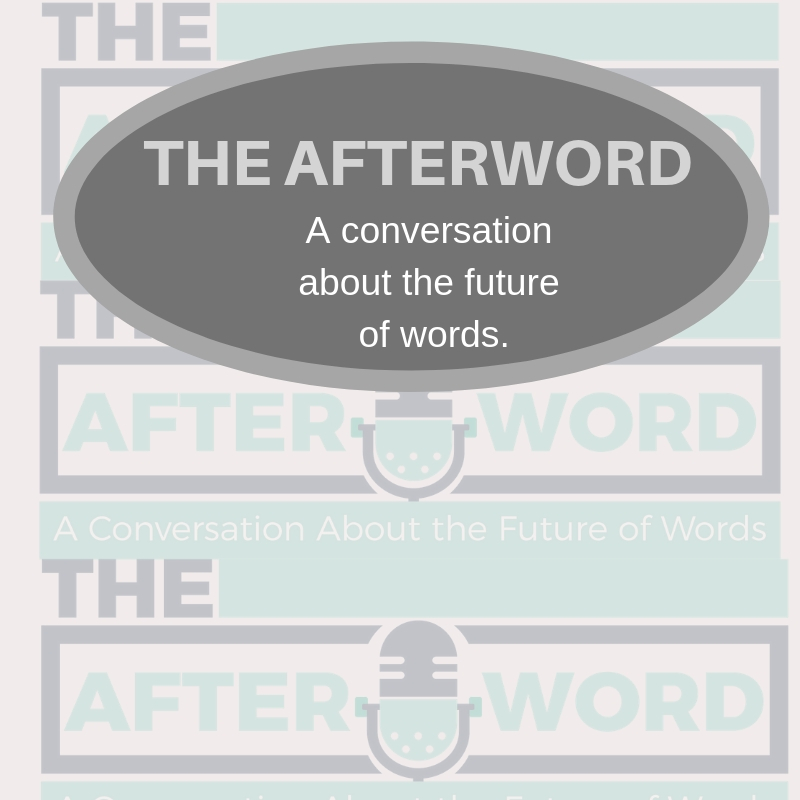
Fantasy-Sci-Fi
the eight types of time travel
Time travel is a stable in science fiction. Countless books, comics, movies, and TV shows have used it as…
September 7, 2021
Time travel is a stable in science fiction. Countless books, comics, movies, and TV shows have used it as…
September 7, 2021
There’s an important difference between Science Fiction and Scient Fantasy. Scient Fiction is based on real world science, even…
June 7, 2021
There’s something about a good sci-fi story that pulls me in and doesn’t let me go. In those moments,…
October 7, 2019
How can students and other readers learn about the cutting-edge of popular science through the art of stories? To…
April 10, 2019
Since the release of Star Trek and Star Wars, viewers of space-based science fiction have had certain expectations of…
August 7, 2018